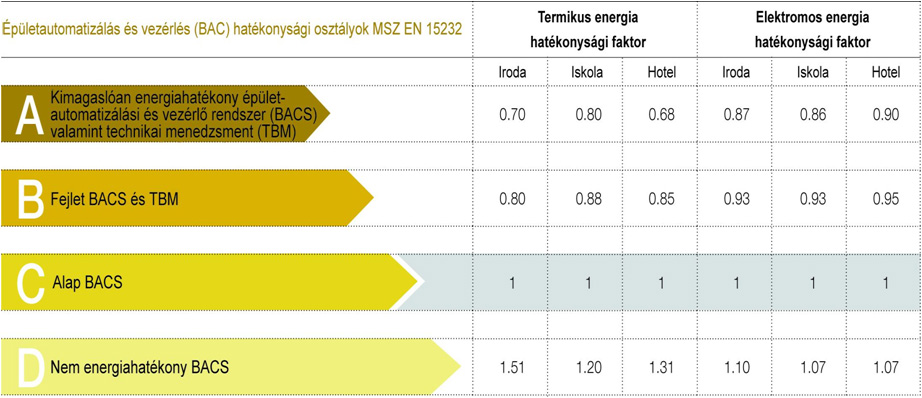Smart public buildings?
A modern public building cannot be built without an automation solution
The electrical and mechanical systems in our modern buildings are increasingly complex. More and more machines and functions are being installed, and their ease of operation requires the use of building automation solutions.
After all, transparent operation and energy savings are important needs that can only be effectively met by a well-designed system.

We believe it is important to install a system in buildings that is not dependent on one manufacturer, but provides a secure solution for decades. KNX is an open standard that guarantees that, as in the past decades, the building will be operated by a system that works reliably in the future. The system is flexible as it can be easily extended and upgraded to meet future needs.
Smart public buildings are the buildings of the future in the present.

KNX for green technology
Efficient energy savings with KNX

Climate change and increasingly scarce resources are making energy efficiency a major societal issue. Accounting for 40% of total energy use, buildings have a significant potential for savings offer significant potential savings.
KNX meets the requirements of the highest energy efficiency class of the EN 15232 standard, which is made possible by the automation of building services engineering, making KNX an excellent choice to meet the increasing number of clauses related to energy consumption in buildings.
Energy savings of up to 50% possible with KNX

MSZ EN 15232 - the European standard
A key contribution to making the world more energy efficient
The European standard EN15232 "Energy performance of buildings. Building automation, regulation and management implications" is a Europe-wide directive for the energy performance of buildings (Energy Performance of Buildings Directive EPBD) 2002/91/EC.
The standard describes methods for assessing the impact of building automation and technical building management on the energy use of public buildings.
The EN15232 standard classifies public buildings into 4 classes, depending on the extent to which they use building automation systems. The more complex, the more integrated, the higher the class. Which in turn determines how energy efficient the public building is.

The standard does not specify a value for the energy used, but two factors.
The first relates to the thermal energy use of the building.
The factor indicates the contribution of the automation system in the building to reducing energy consumption. It can be seen that for Class D, where there is no automation, this value is higher than 1.
So, without automation, the building consumes more energy than calculated under the TNM regulation without the standard.

In order for a building not to consume more or even less energy, it is necessary to achieve a rating of C or higher.
However, this will definitely require a building automation system.
The table briefly summarises the areas and functions that should definitely be automated in order to achieve a higher rating and thus more efficient energy use.

The other factor is the use of electrical energy.
The table shows that there are 4 main areas of control that are being considered. For each of these, we briefly list what the minimum requirements are in order to achieve the classification.
Of course, the standard is much more detailed than this.

